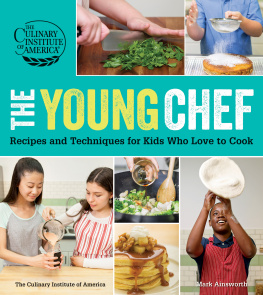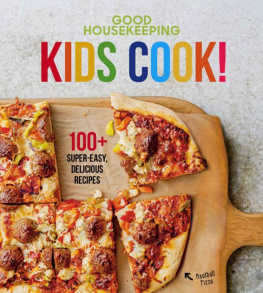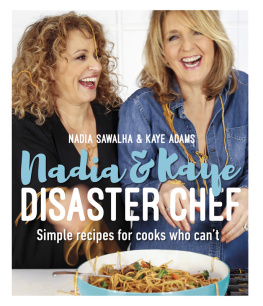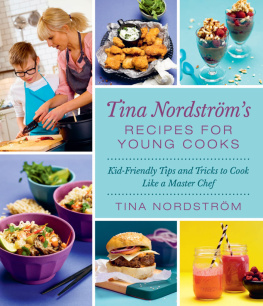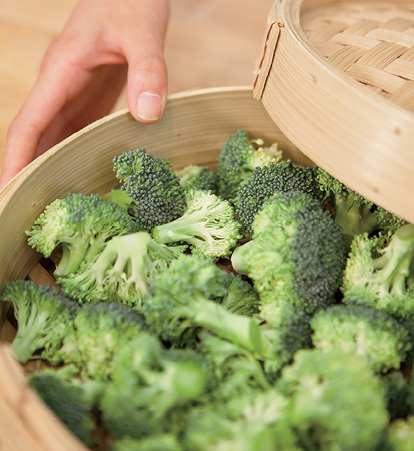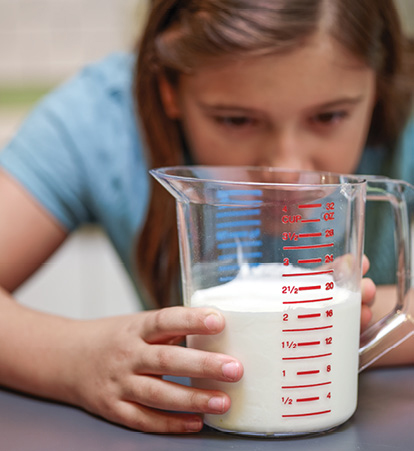

Copyright 2016 by The Culinary Institute of America
Photography copyright 2016 Phil Mansfield
All rights reserved
The Culinary Institute of America
President Dr. Tim Ryan 77, CMC
Provost Mark Erickson 77, CMC
Director of Publishing Nathalie Fischer
Editorial Project Manager Lisa Lahey 00
Recipe Testing Manager Laura Monroe 12
For information about permission to reproduce selections from this book, write to trade.permissions@hmhco.com or to Permissions, Houghton Mifflin Harcourt Publishing Company, 3 Park Avenue, 19th Floor, New York, New York 10016.
www.hmhco.com
Library of Congress Cataloging-in-Publication Data available upon request.
ISBN 978-0-470-92866-0 (paperback)
ISBN 978-0-544-64805-0 (ebook)
Book design by Tai Blanche
Ebook design and production by Rebecca Springer
Illustrations by Joel Holland
v1.0416

Contents
Learning the Basics
Recipes

Introduction and Acknowledgments
When I was growing up, it was a real treat to go out to a restaurant. Mom was the one who cooked breakfast, lunch, and dinner and she never got a break. We had to help chop vegetables, set up, and clean the table, but she was the boss of the kitchen. Dad was lucky that he worked, and aside from heating up a can of sardines on top of the stove (yuck), he never ventured into the kitchen until much later when I chose cooking as my profession.
When my mother returned to college to get her masters degree while I was still in elementary school, she announced that each of the four kids would be responsible for cooking dinner one night a week. After the initial shock of having to do more work wore off, I realized that I could do this. Mom helped by writing a recipe book of family favorites for us to work from. On Sunday night, we had to meet with her and review our game plan for cooking. It was important to her that we prepared a balanced meal that everyone would enjoy. My seven-year-old brother would almost always prepare fancies, baked hot dogs slit down the center and stuffed with relish and cheese. My older sister was good at almost everything, while my younger sister and I specialized in macaroni and cheese and tuna melts.
Those early times in the kitchen paved the way for years of great eating and ultimately a profession to which I owe those lessons instilled in me by my mother. With great encouragement from my entire family, I choose to study at The Culinary Institute of America. It was an excellent choice and after working in the industry for many years, I returned to my alma mater to teach.
For years, as a father myself, I have wanted to write a kids cookbook. All the skills we learn in school are used in the kitchen. Reading, math, nutrition, science, and craftsmanship can enthusiastically be practiced when using this book.
All the administration, staff, students, and faculty of The Culinary Institute of America have contributed to this book through their enthusiasm and love of food. The beautiful photographs have been crafted with great intensity and humor by one of the best, Phil Mansfield. Keeping it all organized has not been easy, and Lisa Lahey has persevered throughout the entire project. Thanks also go out to Maggie Wheeler and Ryan Welshhon for helping with the recipe testing, and to Nathalie Fischer for steering the ship throughout the long journey.
Lastly, a shout out to Patrice and especially the two best food critics I know, Darby and Kaleigh Ainsworth, my kids. These two girls tasted, tested, critiqued, and cooked all the recipes in this book and even had to work a few days during summer break on the photo shoot. Thanks, girls, I hope you like the book.

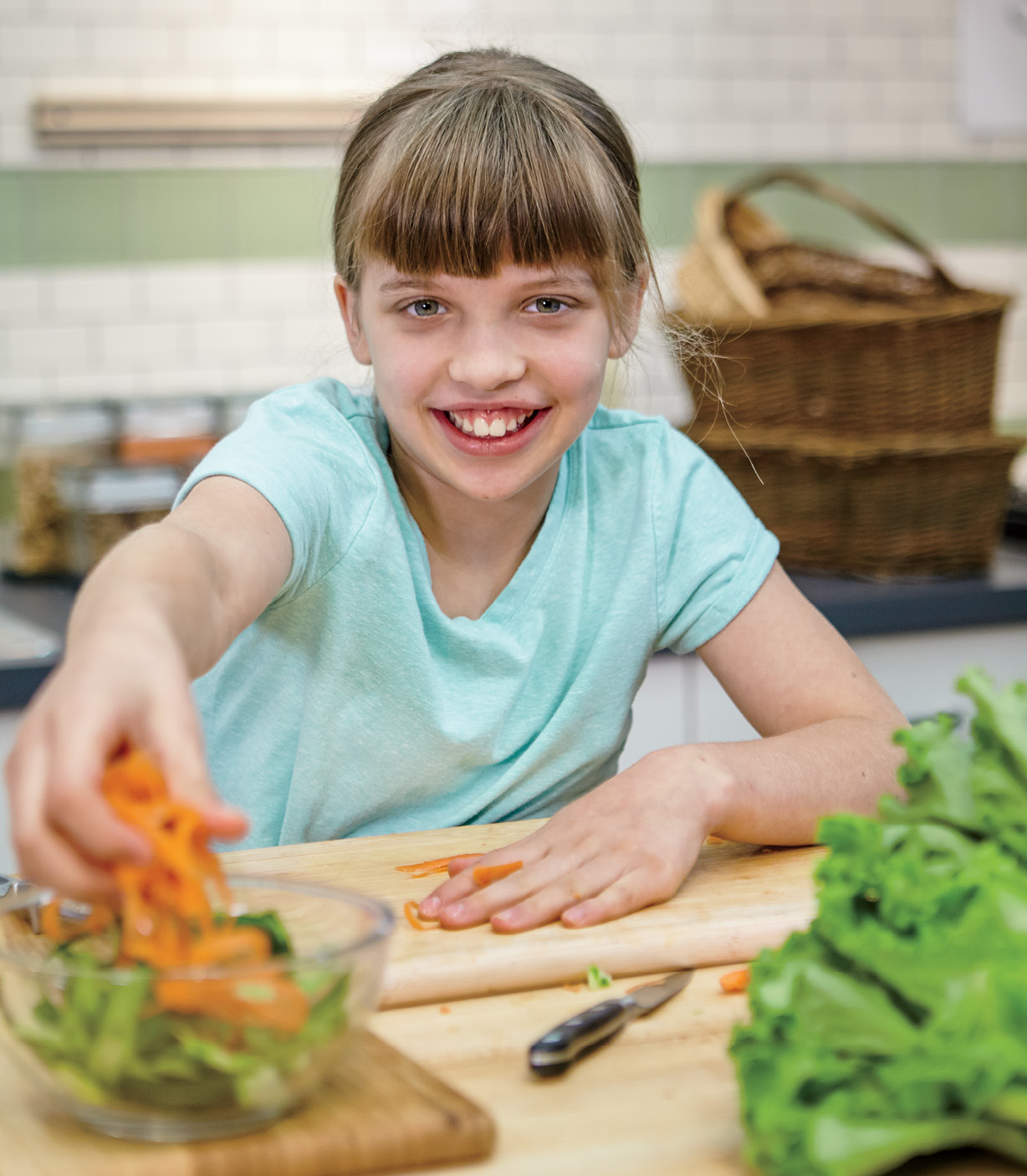
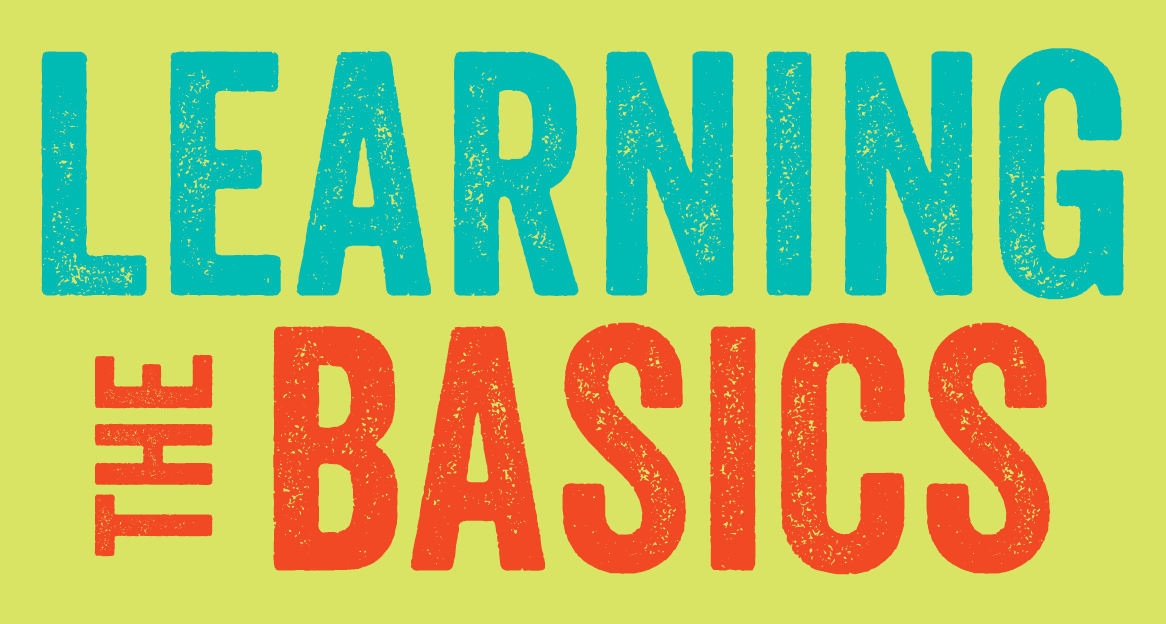
The basics of any skill, craft, or artsuch as cookingare always the most important to learn. Once mastered, these basics will allow for unending creativity and variation. As you become more comfortable with your skills, youll enjoy cooking more and the quality of the food you cook will increase.
Safety First
Working in the kitchen is fun, but it is not without hazards. You work with sharp objects and machines that can cause injury if youre not careful. It is important to ask for help or guidance from an adult if you are using equipment you are not familiar with or anything that could potentially cause injury. Food itself can also be a hazard in the kitchen. It is important to work clean, keep hands washed, and handle and store food the right way.
Keeping Food Safe
Foods are handled many times in their journeys from farm to table. But when foods are exposed to contaminants along the way, they can cause people to get sick. Simple steps in the kitchen can reduce contamination and keep food safe.
Microorganisms are small living things that can be seen only through a microscope.
Some are good for us:
- Yeast for bread
- Mold for blue cheese
- Bacteria for yogurt
Some can be harmful, and these are called pathogens:
- Viruses, like the flu
- Bacteria, like salmonella
- Parasites, which live in the bodies of animals
- Fungi, such as molds that spoil food
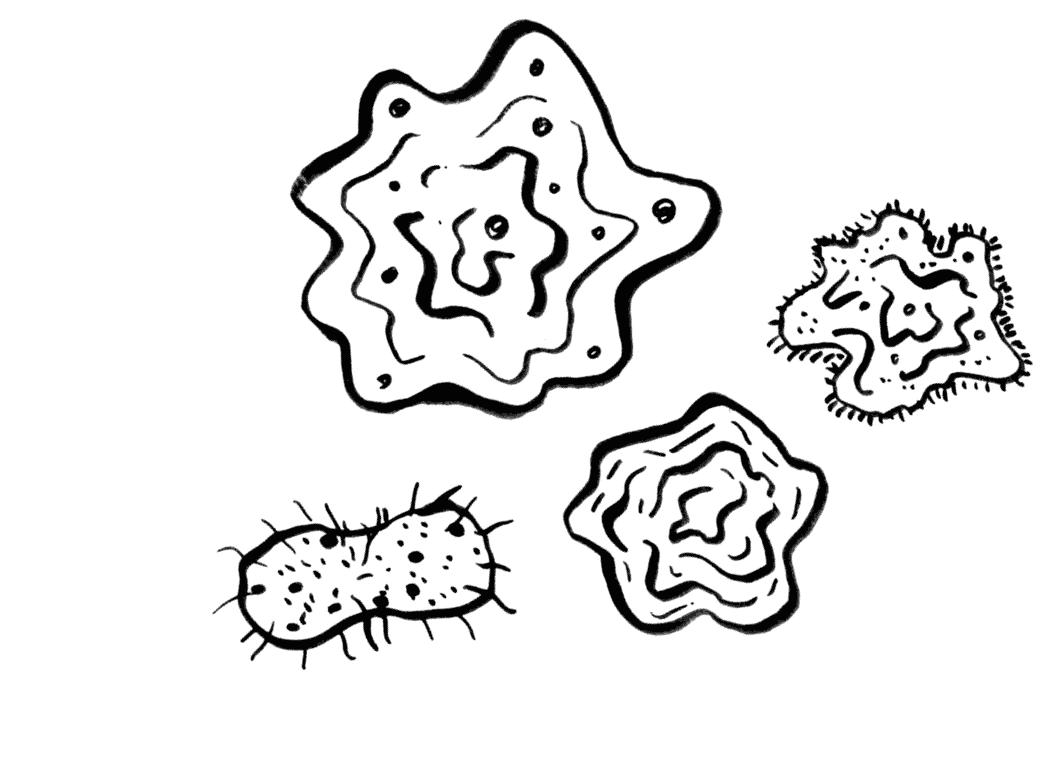
Certain types of harmful microorganisms can make us sick. When cooking, its important to prevent harmful microorganisms from contaminating the food we eat. How we prepare and store foods can limit their exposure to pathogens in the first place, and we can also control conditions so that pathogens will not grow.
Four Ways to Keep Food Safe
1. Keep foods clean
The spread of pathogens between hands, countertops, food, cutting boards, and utensils is called cross-contamination and can be prevented by regularly cleaning all work surfaces, as well as by frequently washing your hands.
2. Separate raw foods from ready-to-eat
Foods that will not be cooked are considered ready to eat and should be kept separate from raw eggs, meat, poultry, and seafood to avoid cross-contamination. Some ready-to-eat foods include bread; raw vegetables and fresh fruits; cereal; chips, pretzels, and other snacks; and milk.

